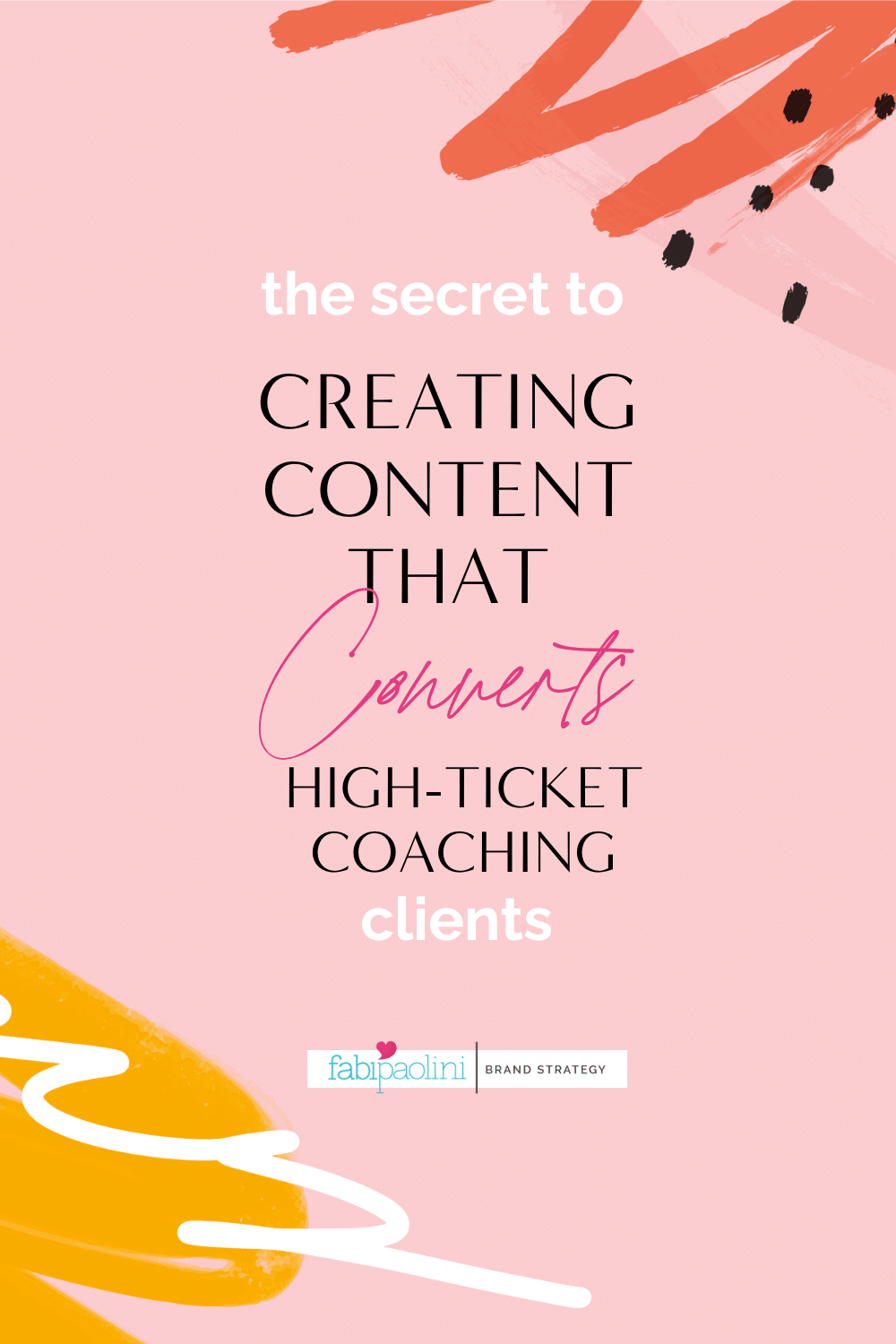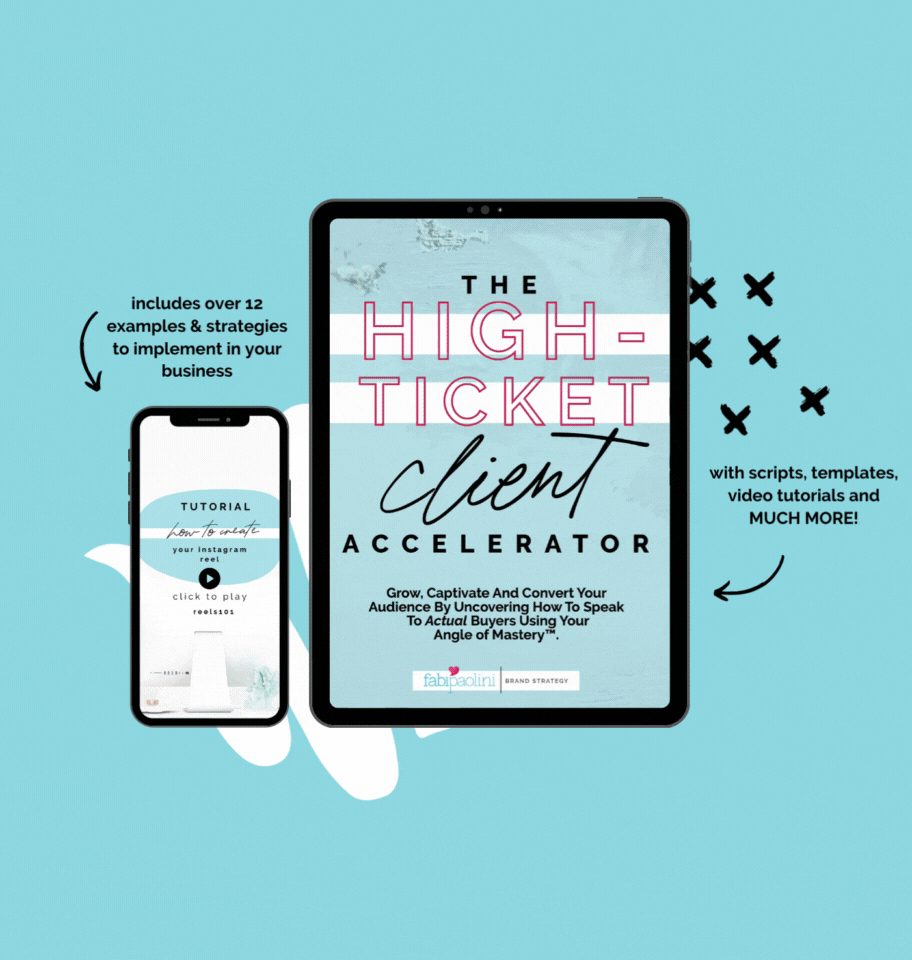The 3 Secrets To Content That Converts into High-Ticket Coaching Clients
Understanding Your High-Ticket Audience's Problem
To effectively convert high-ticket coaching clients, the first crucial step is to gain a deep and clear understanding of the actual problems that your audience faces. This understanding should go beyond surface-level issues to grasp the core challenges that truly affect your clients. It’s important to recognize that there might be a significant gap between how you perceive these problems and how your audience experiences them.
In content creation, the common mistake is to address the problems in generic terms that everyone else is using. Phrases like "reach your full potential" or "achieve your dreams" are overused and vague, failing to strike a chord with those who are looking to solve specific, pressing issues. Instead, your content must dive into the nuances of these problems, articulating them in a way that resonates with your audience's lived experiences and emotions.
For example, if you’re addressing corporate leaders, rather than offering generic advice on leadership, focus on the unique leadership crises they face—such as managing through uncertainty or fostering innovation in stagnant environments. This approach involves not just stating the problem but exploring its dimensions in a way that reflects your deep empathy and understanding.
Consider Lori, a seasoned life coach. Lori used to attract leads who were interested in her coaching but never committed to her $8k package. She realized that her content was too broad and didn't resonate deeply with her potential clients' specific needs. By shifting her focus to detailed, relatable content that addressed specific leadership challenges, such as "Navigating your company through significant transitions without losing your sense of purpose," Lori began to see a significant improvement in her conversion rates. Her content now spoke directly to the hearts and minds of her ideal clients, making her coaching an essential solution to their problems.
By moving from a broad approach to a more targeted one, you can create content that not only attracts but also converts. This shift is about understanding the layers of your audience’s challenges and reflecting back to them not only that you understand these challenges but also that you have the unique expertise to help them overcome these issues.
Understanding Your High-Ticket Audience’s Beliefs
To truly connect and influence high-ticket clients, it’s essential to explore and understand the underlying beliefs that drive their perceptions of their problems. This deeper comprehension allows you to tailor your content more effectively:
-
Identifying Beliefs About Problems: Begin by identifying the specific beliefs your audience holds about their challenges. What do they believe is the root cause? How do they think it should be resolved?
-
Challenging Existing Beliefs: Once you’ve identified these beliefs, your content should challenge them by providing new insights and perspectives. This helps shift their thinking and opens them up to the solutions you offer.
-
Shifting Perspectives: Use your content to offer alternative viewpoints that resonate more deeply with the real needs of your audience. This might involve debunking common myths or highlighting lesser-known facts that could alter their approach to the problem.
Imagine a client who believes that their productivity issues stem solely from poor time management. If, through your coaching, you’ve discovered that the deeper issue is actually related to emotional intelligence and managing stress, your content should speak to this discovery. It should not only address the surface belief but also introduce the deeper insights that you can provide through your coaching.
Creating Content that Converts High-Ticket Coaching Clients
When it comes to converting high-ticket clients, the content you produce must not only challenge their existing beliefs but also clearly demonstrate your unique capabilities and insights. This is where the concept of "Angle of Mastery" becomes pivotal.
Understanding the Angle of Mastery
-
Defining Your Unique Perspective: The Angle of Mastery refers to your unique way of understanding and solving the problems your clients face. It's a combination of your personal experiences, your professional expertise, and the specific methodologies you've developed. This angle differentiates your content and services from others, making your solutions distinctly appealing to your target audience.
-
Showcasing Expertise and Results: Your content should communicate your mastery by highlighting case studies, testimonials, and specific examples of how your approach has successfully resolved issues similar to those faced by your potential clients. This builds trust and establishes your credibility as a leader in your field.
Once you understand the problems and beliefs of your audience, the next step is to craft content that directly leads to conversions by creating compelling narratives:
-
Poking Holes in Beliefs: Use evidence and reasoning to challenge ineffective beliefs and introduce new concepts that are more aligned with the solutions your coaching provides.
-
Showcasing Your Unique Angle of Mastery: Highlight your unique approach or methodology that distinguishes you from others in the field. What specific skills, experiences, or perspectives do you bring that can help resolve their issues?
-
Creating 'Light Bulb' Moments: Design your content to trigger revelations or "eureka" moments that make the benefits of your coaching undeniable. These moments are crucial in transforming interest into action.
Consider the case of Lori, who refined her coaching approach to emphasize her unique angle of mastery—integrative leadership development. Lori developed a series of content pieces that outlined her distinct approach to addressing leadership challenges during transitional periods. Each piece not only identified common leadership mistakes in times of change but also introduced her innovative strategies for maintaining team morale and productivity.
She included real-life scenarios from past clients who had navigated significant organizational changes successfully using her methods. These stories not only illustrated her expertise but also provided clear, tangible benefits of her coaching, helping potential clients see the practical applications of her teachings.
By effectively implementing her Angle of Mastery in her content, Lori was able to enhance her reputation as a specialist in the field of leadership coaching and significantly improve her conversion rates.
I have a guide that teaches you exactly how to
Evaluating Your Message
It’s crucial to continually evaluate the effectiveness of your content by monitoring how it influences conversion rates:
-
Identifying Messaging Issues: Keep track of engagement and conversion metrics to identify potential areas where your message may not be resonating as strongly as it could.
-
Improving Conversion Numbers: Use feedback and data to refine your approach, ensuring that your content remains aligned with your audience’s evolving needs and preferences.
Some final thoughts:
Successfully converting high-ticket coaching clients isn't just about the quality of the services you offer—it's also about how effectively you communicate the unique value of these services through your content. As we've explored, understanding your audience's specific problems and the underlying beliefs that inform their decisions is crucial. By employing a deep, empathetic understanding and addressing these with precision through your unique Angle of Mastery, you can elevate your content from informative to transformative.
Remember, the journey doesn’t end at creating content; it’s about continuously refining your message, evaluating its impact, and ensuring it resonates with and converts your target audience. Implement the strategies discussed:
- Deep Dive Into Audience Challenges: Develop content that goes beyond the surface to address the specific, nuanced issues your clients face.
- Challenge and Shift Perceptions: Use your unique insights to challenge outdated beliefs and introduce new, more effective solutions.
- Showcase Your Unique Angle of Mastery: Clearly articulate your specialized approach and the results it has achieved, providing tangible proof of your expertise.
- Create Impactful 'Light Bulb' Moments: Design content that leads to revelations for your clients, demonstrating the indispensable value of your coaching.
By focusing on these strategies, you ensure that your content does more than attract attention—it converts interest into action, turning potential clients into committed ones who see your coaching not just as an option, but as an essential step towards their success.
Now is the time to take your high-ticket coaching business to new heights. Refine your approach, align your content with your audience’s deepest needs, and watch as your business transforms alongside the lives of your clients. Your expertise, paired with effective content, will not only drive conversions but also foster lasting relationships built on success and mutual growth.





